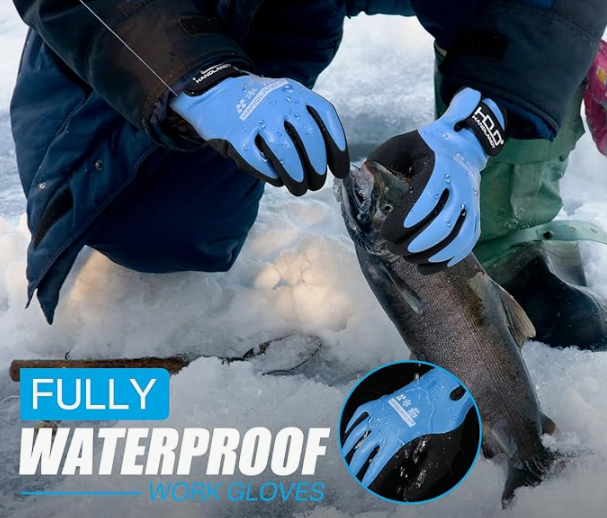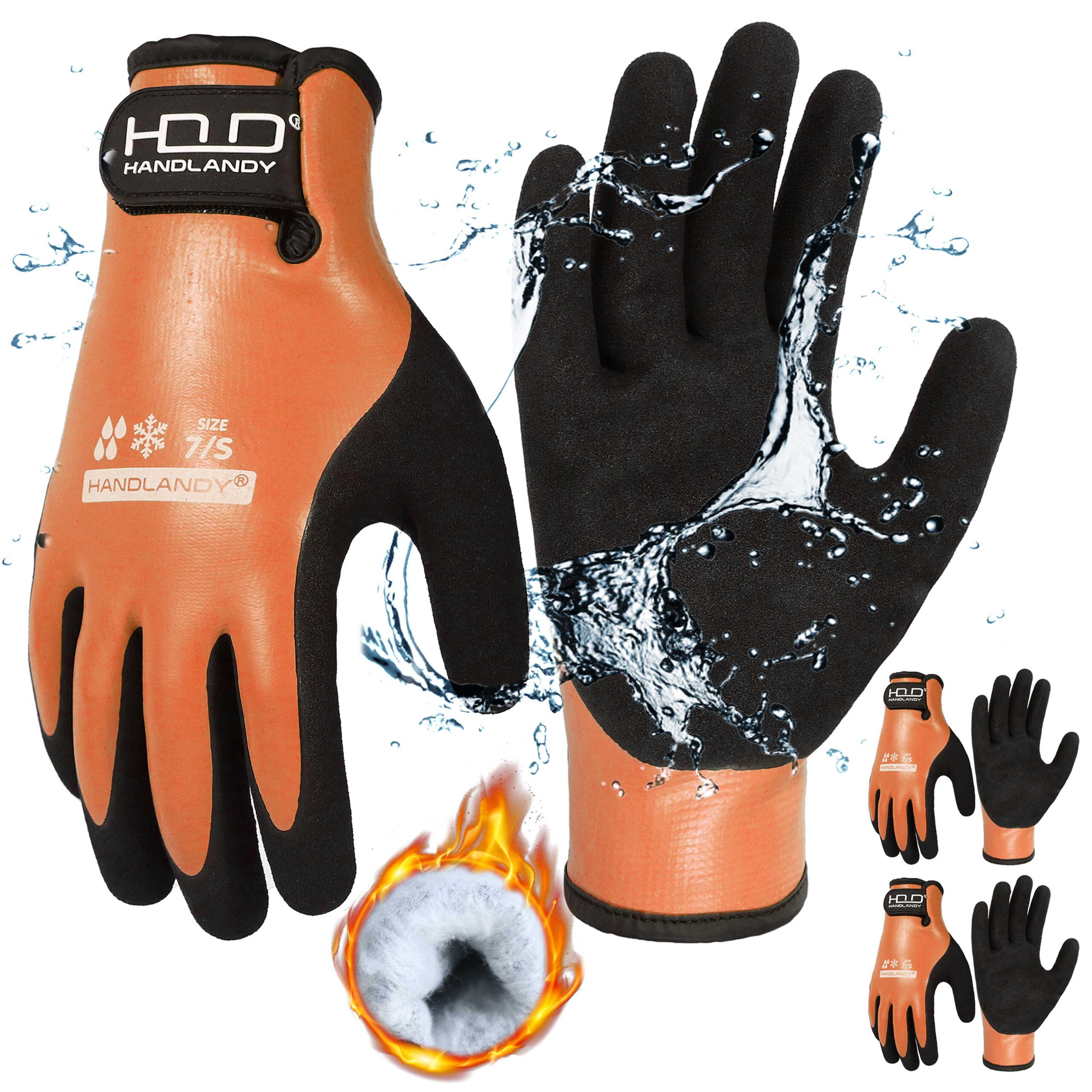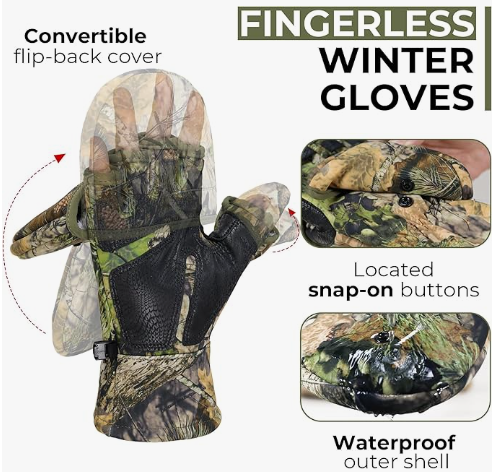Puncture-resistant gloves are made with tough materials like Kevlar®, metal mesh, or nitrile and are designed to protect hands from sharp objects such as needles, glass, and metal shards. They are essential in industries like construction, healthcare, and food processing.
1. What Makes a Glove Puncture-Resistant?
Puncture-resistant gloves are built to prevent sharp objects from penetrating the glove material and injuring the skin.
- Reinforced with high-strength fibers or metal layers
- Tested under strict standards like EN 388 or ANSI/ISEA 105
- Often layered with materials like Kevlar®, SuperFabric®, or stainless steel mesh
2. Most Common Materials Used
| Material | Description | Best For |
|---|---|---|
| Kevlar® | Cut and puncture-resistant synthetic fiber | Construction, manufacturing |
| Metal Mesh | Stainless steel interlocked rings | Food processing, butchering |
| SuperFabric® | Flexible fabric with embedded protective plates | Medical, waste handling |
| Nitrile | Synthetic rubber with chemical resistance | Medical, janitorial, light-duty |
These materials can be used alone or in combination for layered protection.
3. Types of Puncture-Resistant Gloves
- Metal Mesh Gloves – Excellent for meat-cutting or fish-processing; offers top-level cut and puncture protection.
- Coated Fabric Gloves – Typically nitrile- or latex-coated; useful for light-duty tasks involving sharp tools or small parts.
- High-Performance Fiber Gloves – Made from Kevlar® or Dyneema®, ideal for dry environments needing both dexterity and protection.
- Needlestick-Resistant Gloves – Designed with multiple protective layers, often used by healthcare, sanitation, and recycling workers.
4. Puncture Resistance Rating Systems
| Standard | Scale | Description |
|---|---|---|
| EN 388 (Europe) | 1–4 | Measures resistance to mechanical hazards |
| ANSI/ISEA 105 | 1–5 | U.S. standard; higher = better puncture protection |
Always check labels or datasheets to ensure gloves meet appropriate ratings for your industry.
5. Applications and Use Cases
Construction Carpentry
Protects from sharp metal edges, nails, and tools.
Medical & Sanitation
Used for needle handling, waste sorting, and cleaning.
Food Industry
Essential for meat processing to prevent knife-related injuries.
Automotive & Manufacturing
Protects against sharp components and machinery edges.
Conclusion: Choose Based on Task Risk
The best puncture-resistant gloves combine strong materials, proper fit, and certified protection. Choose gloves that match your work environment and hazard level to ensure safety without sacrificing comfort or dexterity.
If you’re unsure which glove is right for your industry, contact our team for tailored advice based on real-world usage and standards compliance.









2 Responses
Hi, I work in a lobster processing plant, and we use wooden bamboo skewers to insert into lobster tail. Would you be able to recommend a glove that would be able to withstand being punctured by the skewer
Hello,
Please check the products in the link to see if they meet your requirements.Thank you!
https://www.amazon.com/dp/B0D417419Z?th=1&psc=1